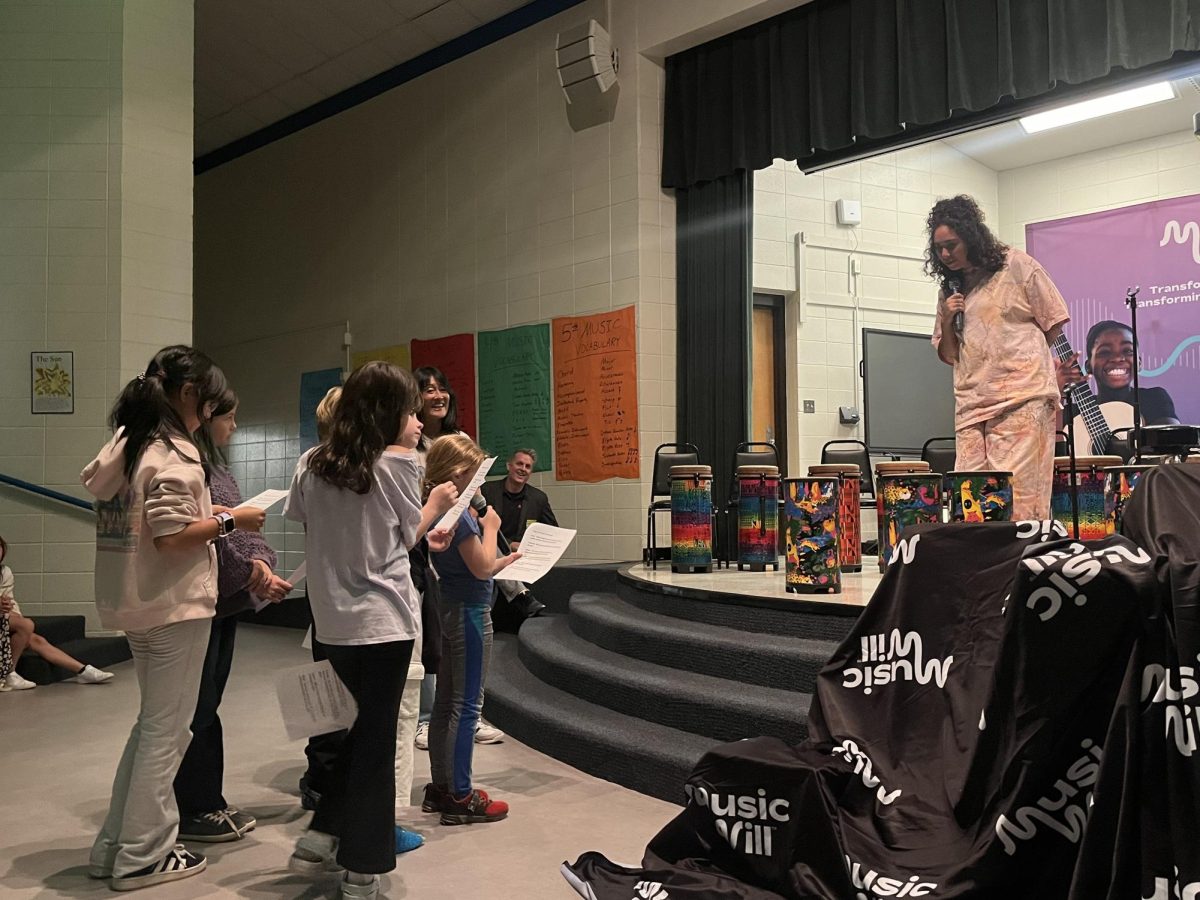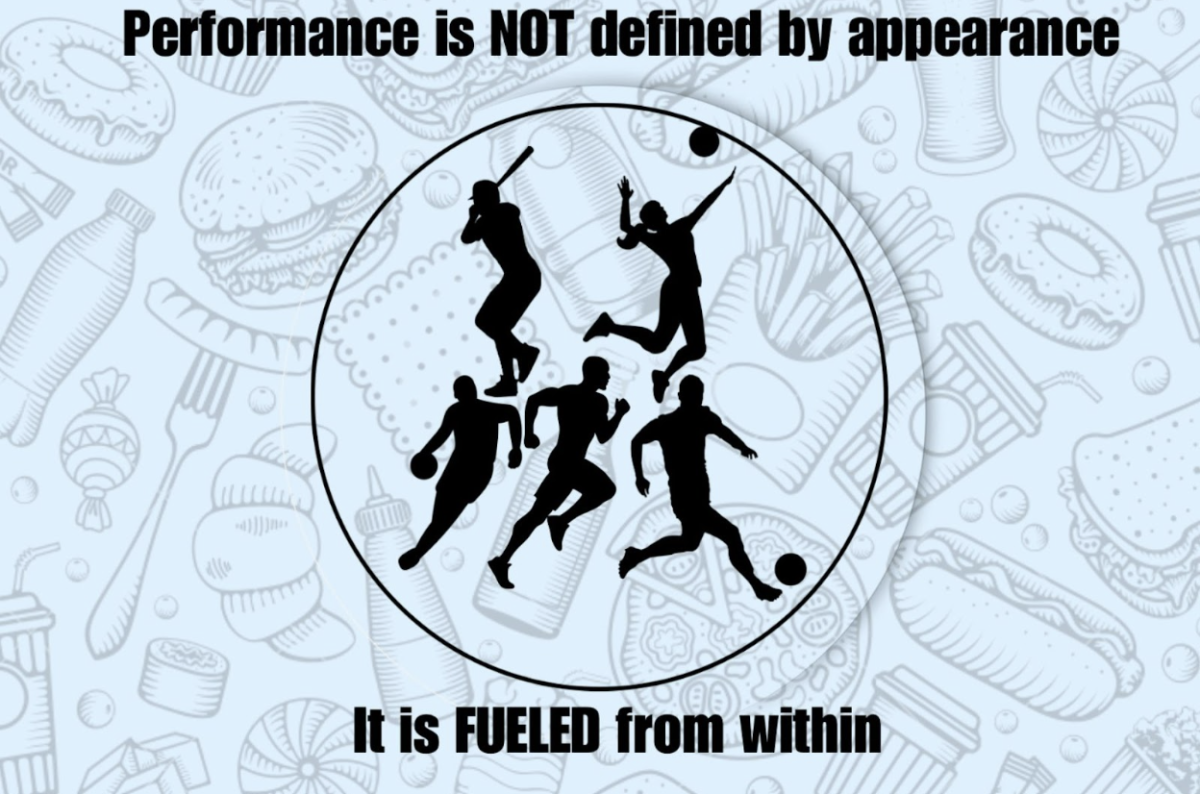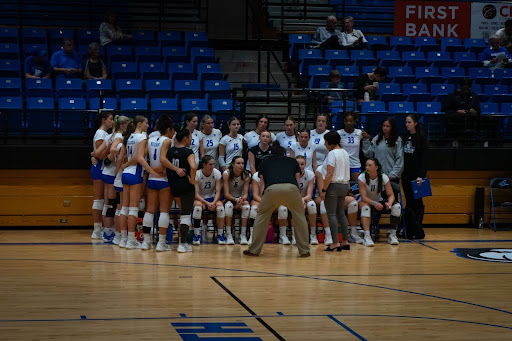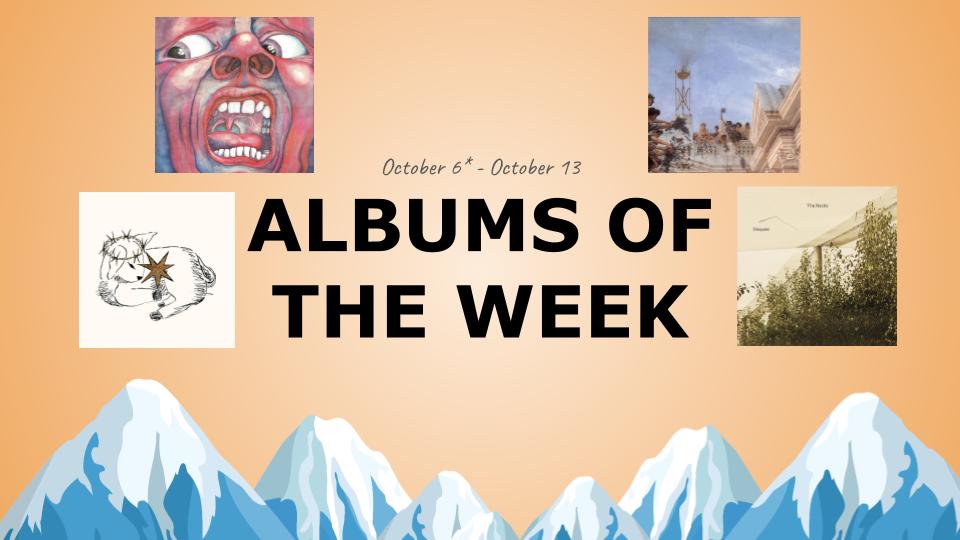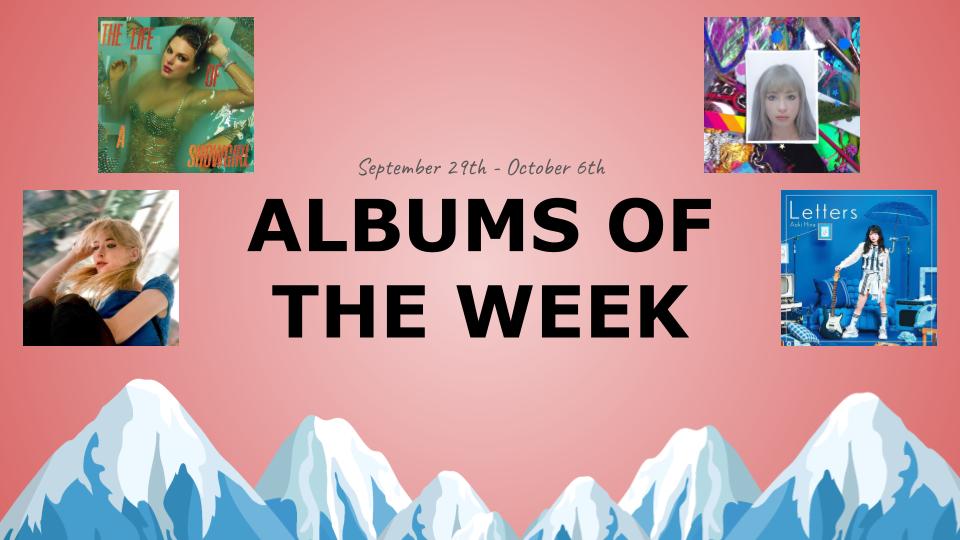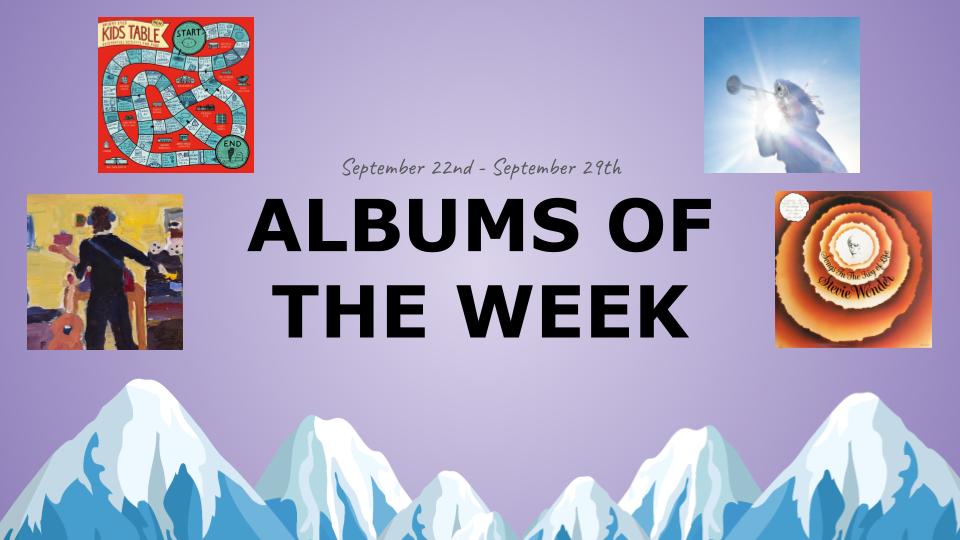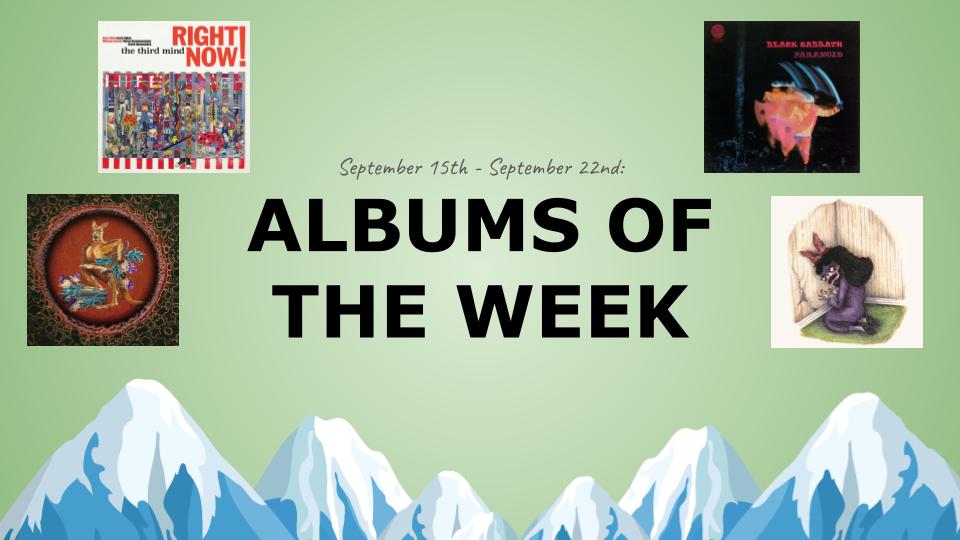This week, I’ve got another four albums for your listening ears. There will be three new albums from the past week (on a monday to monday basis) and one classic album we’re celebrating the anniversary of. This week, due to the fall break affecting the Blue Banner’s publishing schedule, albums released late last week are also included.
Deseo, Carne y Voluntad – Candelabro
7.7/10
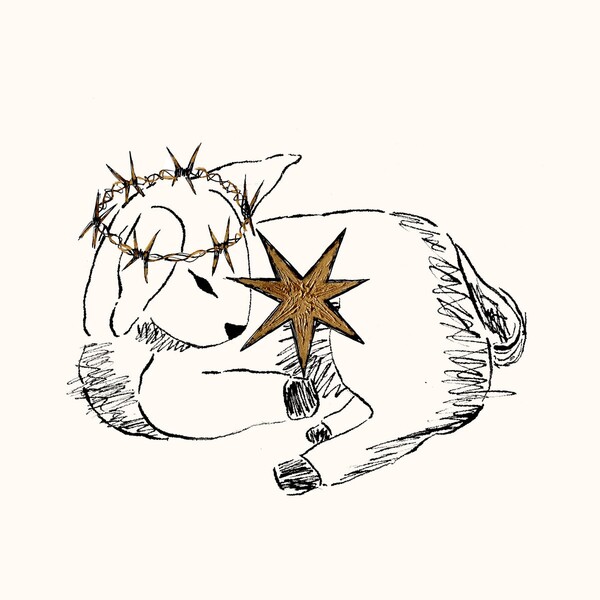
It is not hard to see why many are saying that the 2020s have been sort of a modern post-rock renaissance, proving the genre’s life after the ‘90s and 2000s. Just this year, new projects from Racing Mount Pleasant, Maruja and even Swans continue to breathe new life into the genre. This new project from Chilean art-rock group Candelabro is one of many fun new albums of the genre.
The music is exactly what you expect from a post-“Ants From Up There” art-rock release. Jazz inspired drumming, funky time signatures and a heavy dose of saxophone. Not to credit British chamber-pop group Black Country, New Road with the invention of this kind of music– just the more widespread creation of it in the modern era.
The clean, bright guitar riffs dance around vocalists Matías Ávila’s and Javiera Donoso’s gentle yet powerful singing. The saxophone (as is typical with the genre) is one of the highlights here– there’s an immense level of depth that comes from adding a saxophone on top of the otherwise standard rock faire, totally giving it a fresh feeling. The Chilean band also draws influence from local music, with samba-esque beats found on tracks like “3 flores blancas”.
It’s not my place to speak on it (nor is it anyone’s to trust what google translate makes of the original spanish lyrics) but from the little I could gather, the lyrics are about what it means to be Chilean, the struggles in the country, topped by a heady dose of Catholicism, with lines (that loosely translate to) “God is lost on Central Station street, God is sought by a narco in a vertical ghetto,” from “Pecado”.
If you like art-rock, are looking to expand your horizons or just want to add some saxophone to your day, give this album a listen.
Alma Tadema – Niños Del Cerro
7.3/10
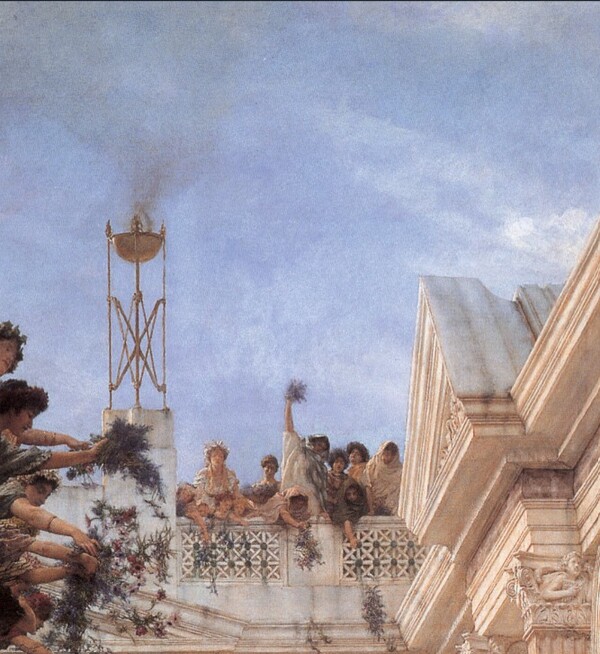
In a world where most indie pop-rock is cannibalizing itself and your best options are albums from the past decades or various Arctic Monkeys ripoffs (of course, they only rip off the bad albums like “AM”), it’s always a relief to hear an album that successfully manages to capture the groovy vibes.
Drawing inspiration from the indie-surf scene, the latest album by Chilean ground Ninos Del Cerro brings more than just a back-to-basics indie pop feel– there’s heavy influence from dream pop artists like FISHMANS and The Cocetau Twins in the the high pitched, ethereal vocal performance from Simón Campusano. This, combined with the light guitar, delicate piano and lo-fi drumming gives the album this very spring-time vibe, it feels like the album is blooming as you listen to it.
That isnot to say the entire track is for hammock-swinging, the opening track “Príapo (O Sísifo otra vez)” as well as others like “Seis de enero” implement a healthy dose of guitar distortion to accompany the otherwise lush sounds– creating an incredible juxtaposition that never ruins any song, but always keeps listeners on the edge.
Overall, the album is a joy. With my personal favorite indie pop group (Last Dinosaurs) on hiatus, I’ve been craving another hit of catchy, fun music to fill my days– and there’s no better place to look right now than here.
Disquiet – The Necks
6.7/10
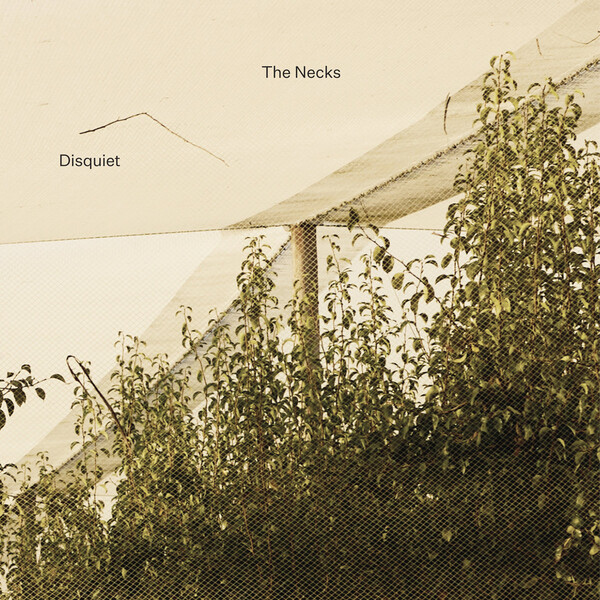
For this album– allow me to be blunt. It is over three hours long. The shortest track (yes, shortest) is 26 minutes long and the longest is about triple that, at 74 minutes. This album is not for everyone– but it was for me.
Throughout the entire duration I never lost interest– I enjoyed every second of it, and it’s remarkable how intentional and cohesive three hours of what is likely mostly improv can sound like. That’s not to say I was at the edge of my seat for the entire duration– the opposite actually, Despite the massive length being an extremely impressive part of the album, it made it so hard to pick out parts that I liked and disliked (even through multiple listens) and the album just sort of exists as a long drone of pleasant background noise in my head.
The album manages to delicately balance a sort of post-minimalist ambience with more spacious tracks like the opener, “Rapid Eye Movement” (57 minutes) and closer “Warm Running Sunlight” (32 minutes) but also implements some distinctly jazz movements, with groovy beats and electric piano swing lining the second track “Ghost Net” (74 minutes). Overall, they manage to change up the vibe pretty consistently while keeping the overall theme and tempo the same– which across three hours is no small feat.
Truly, there is nothing wrong with a second of this album– but when it’s three hours of mostly ambience, what is there really to say? Yes, it is technically impressive that this trio of Australian industry-veterans can continue to keep making quality totalism, but in good consciousness I can’t give the album that high of a rating when so much of it is impossible to rate. Perhaps I just don’t know ambient like that.
Believe me, I’ve put this section through a ringer of re-writes, but truly cannot find a perfect way to explain this three hour masterpiece. As insane as it sounds– I recommend giving this a listen. Save it for your next road trip, study session, any time you’ll be in the same place for a while.
In The Court of the Crimson King – King Crimson
9.8/10
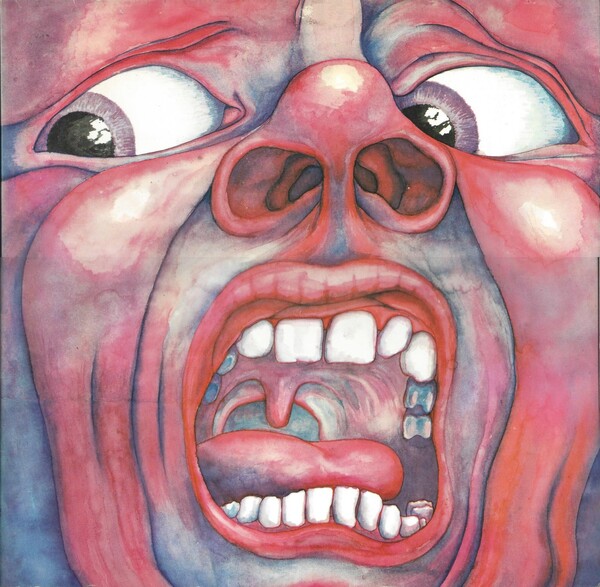
Music evolves– or rather, it progresses. In the ‘60s (or all of history for that matter) The Beatles innovated on rock music in a way that no group had before and in a way that many of the groups they inspired couldn’t. Their final album (in order of recording) and magnum-opus “Abbey Road” was recorded over seven months from February to August, and is a masterclass of production, music theory and pop-rock genius. Constantly charts new musical ground through its runtime. However, at the same time, in just two months, a then-unknown group would somehow innovate even further than any band (including The Beatles) had before.
King Crimson has one of the most impressive debut albums of any band, many critics (myself included) consider it the best debut album of all time– but the actual history around the album is perhaps even more impressive. All in 1969: the band formed in January, opened for The Rolling Stones in July (and likely terrified the crowd), recorded “In The Court of the Crimson King” from June to August and released it in October where it immediately started to chart in the UK
The album opens with “21st Century Schizoid Man”, bellowing a strange, eerie sound that leaves you floating between the keys of the band’s wildcard Ian McDonald’s malfunctioning organ, before you’re immediately brought back to life by the blaring saxophone, earth shattering bass and distorted to-hell-and-back guitar with that iconic intro riff. You aren’t given any time to breathe before vocalist Greg Lake screams into what sounds like a faulty PA system, uttering anti-war motifs that sound like the nonsense mutterings of a schizophrenic.
Immediately after the song ends, though first-time listeners may flinch at the prospect of another jazz-rock and heavy metal scream-sesh, they’re instead greeting by the cool bellows of McDonald’s flute introducing the progressive folk track “I Talk to the Wind” revealing this album is much deeper than it initially appears. The album from here slowly builds up, keeping a more mellow (comparatively to “21st Century Schizoid Man”, anyways) style until the final title track, “In The Court of the Crimson King”, that crescendos and sends the album out with a beautiful symphony of crashing drums, elegant keyboard solos and of course Lake’s gorgeous voice.
Every song (with the exception of “I Talk to the Wind”) on the album isn’t exclusively just the song– between the proto-metal riffs and scratchy vocals of “21st Century Schizoid Man” there’s also “Mirrors”, a free-improvisational jazz-rock instrumental section that totally changes the flow and structure of the music– and it’s not just “21st Century Schizoid Man (Including ‘Mirrors’)”, almost every track has some kind of instrumental pause where the musicians really shine. These don’t disrupt the flow of the tracks at all, if anything, the actual songs are all shells for the instrumental breaks. Their improvisational skills are so impressive that many of the band’s best songs are totally spontaneous movements during live performances.
This album is so impressive on so many different levels that it’s impossible to give it all the credit it deserves in just one fourth of an article when the other albums deserve a spotlight too. This album is a contender for the greatest album of all time outright. The only thing holding the album back is some poor vocal mixing on tracks like “Moonchild (Including ‘The Dream’ and ‘The Illusion’)” and “Epitaph (Including ‘March for No Reason’ and ‘Tomorrow and Tomorrow’)” but when it was recorded in two months, I can’t complain– and they more than make up for it with their excellent instruments.
It’s King Crimson for god’s sake! It’s a near-perfect album and that’s that.

